keeping organized when chain piecing?
lola99
11 years ago
Featured Answer
Sort by:Oldest
Comments (12)
calliope
11 years agomsmeow
11 years agoRelated Professionals
Alpharetta Furniture & Accessories · Northbrook Furniture & Accessories · Aurora Flooring Contractors · Conyers Flooring Contractors · Monroe Flooring Contractors · Morgan Hill Flooring Contractors · Patterson Flooring Contractors · Petaluma Flooring Contractors · Toledo Flooring Contractors · Washington Flooring Contractors · Wausau Flooring Contractors · San Diego Furniture & Accessories · Eureka Furniture & Accessories · La Mirada Furniture & Accessories · Mahwah Furniture & Accessoriesmagothyrivergirl
11 years agoK8Orlando
11 years agojennifer_in_va
11 years agomary_c_gw
11 years agolola99
11 years agomagothyrivergirl
11 years agokarpet
11 years agojennifer_in_va
11 years agowendyfaye
11 years ago
Related Stories
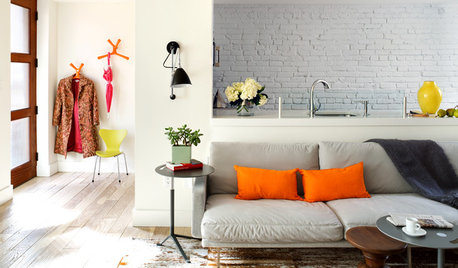
ORGANIZINGHow to Keep Your Home Neat When You Don't Have a Mudroom
Consider these 11 tips for tackling the clutter that's trying to take over your entry
Full Story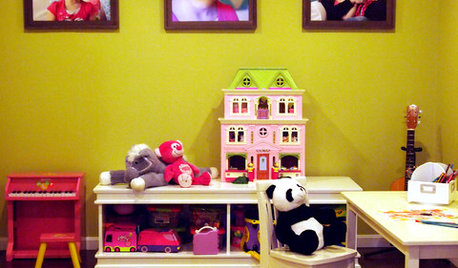
DECORATING GUIDESGet Organized: 5 Ways to Keep Toys Tidy
A few storage and sorting strategies help the kids keep their spaces cleaner
Full Story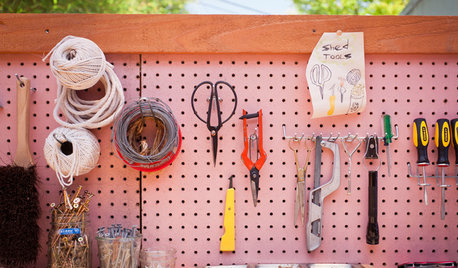
STORAGEHardworking Pegboard Keeps Things Organized
This workbench favorite is now used all over the house
Full Story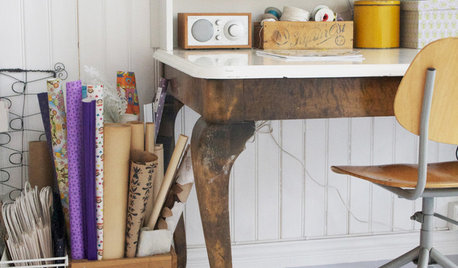
ORGANIZINGHelpful Catch-Alls Keep Visual Clutter at Bay
What a difference it makes when you corral your stuff in pretty bowls, baskets or crates
Full Story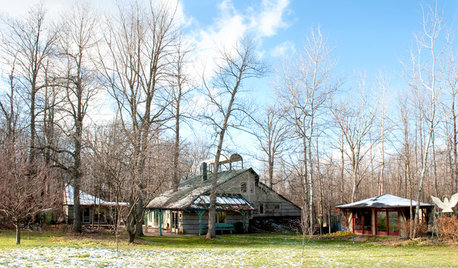
LIFEWhen You're Suddenly Solo at Home
Whether you stay in a home alone or move on, these strategies from professional organizers can help you with the process
Full Story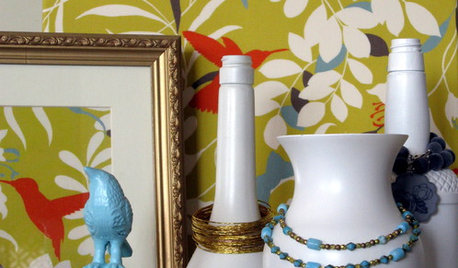
ORGANIZINGJewelry Storage: 8 Pretty, Practical Organizing Ideas
Keep beads and bangles handy with these budget-friendly storage and display tricks
Full Story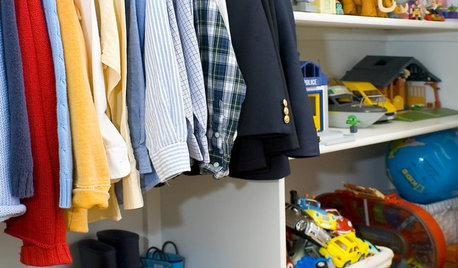
CLOSETSOrganize a Kids' Closet Lickety-Split
Monsters have nowhere to hide and cleanup is a piece of cake when you organize the storage space in your child's closet with these tips
Full Story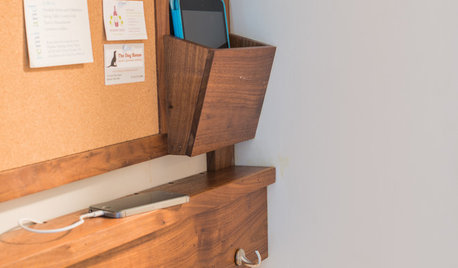
THE HARDWORKING HOMEA New Drop Zone Keeps the Clutter at Bay
The Hardworking Home: A clever wall-mounted station for keys, phones and more helps a family stay organized
Full Story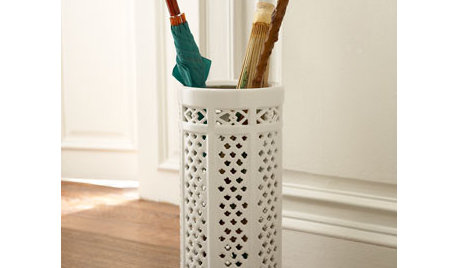
PRODUCT PICKSGuest Picks: 22 Mudroom Storage and Organizing Essentials
Keep April showers in check with an entryway arsenal of stylish pieces for umbrellas, raincoats and muddy shoes
Full Story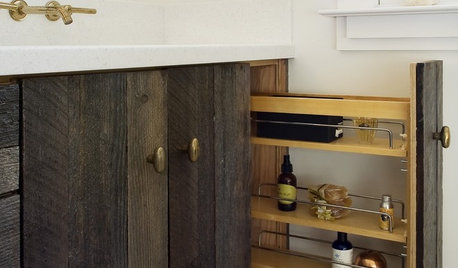
KITCHEN DESIGNKitchen Storage Solutions Hide and Keep
Rollout drawers, pullout cabinets and slide-in doors are just a few of the options for keeping kitchen items out of sight but close at hand
Full Story


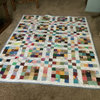

geezerfolks_SharonG_FL